
HP Follows Hyperscale Lead With Composable Infrastructure
The people in the systems business at Hewlett-Packard have finally caught the DevOps bug. …

The people in the systems business at Hewlett-Packard have finally caught the DevOps bug. …
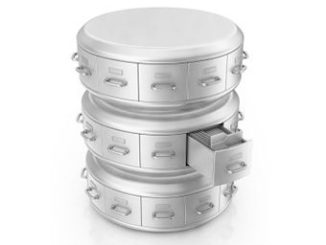
The name might be short for Not Only SQL, but to be a proper database that can be used by normal enterprises and not just by hyperscalers with their fleets of PhDs, any database, whether it is a relational or NoSQL, has to be able to support the Structured Query Language that has been associated with relational databases from day one. …
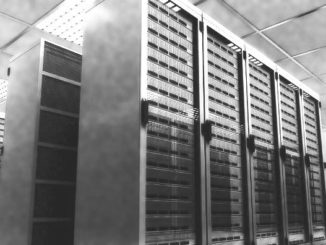
The Computex trade show in Taipei, Taiwan is the traditional place where Intel has put out its Xeon E3 processors for diminutive and graphics-accelerated servers, and this week the chip maker is indeed rolling out a variant of this chip using its “Broadwell” cores. …
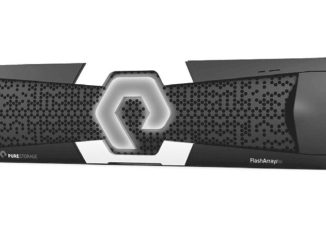
All-flash array upstart Pure Storage has had a single target it has been aiming at since the company uncloaked from stealth mode back in the summer of 2011: Tier one disk storage in the datacenter. …
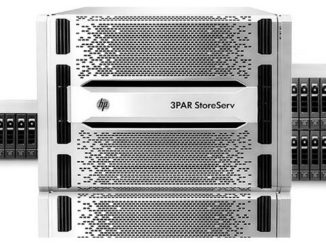
If space, power consumption, and raw I/O performance were not an issue, most datacenters would continue to use disk drives for their tier one storage until the end of time. …
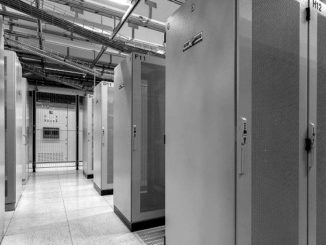
Now that the on-again, off-again deal between Intel, the world’s largest maker of processors, and Altera, one of the dominant makers of field programmable gate arrays, is going to happen for the tidy sum of $16.7 billion in cash, Intel is poised to usher in a new era of computing while at the same time countering the many competitive threats it has in the datacenter. …

Might doesn’t make right in this world, but it sure helps. …
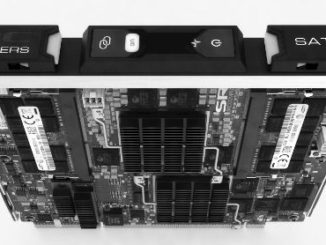
Everybody who is operating at any sort of scale is looking to pack more compute into a smaller space for less money. …
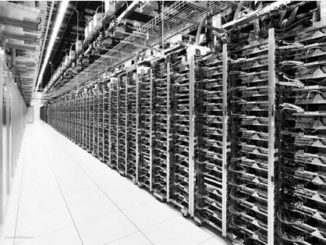
Here is a question that all companies – except perhaps startups – wrestle with: Does it make sense to build a datacenter, house IT gear in a co-location facility, or just use raw compute, storage, and networking capacity on a public cloud? …
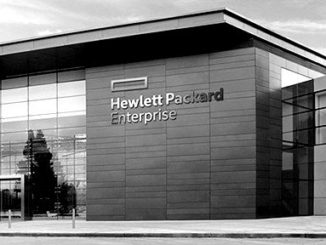
The breakup of Hewlett-Packard into two separate companies – one focused on the datacenter and the other on PCs and printers – doesn’t make any more sense than it did bringing all of these different businesses under the same roof in the first place. …
All Content Copyright The Next Platform